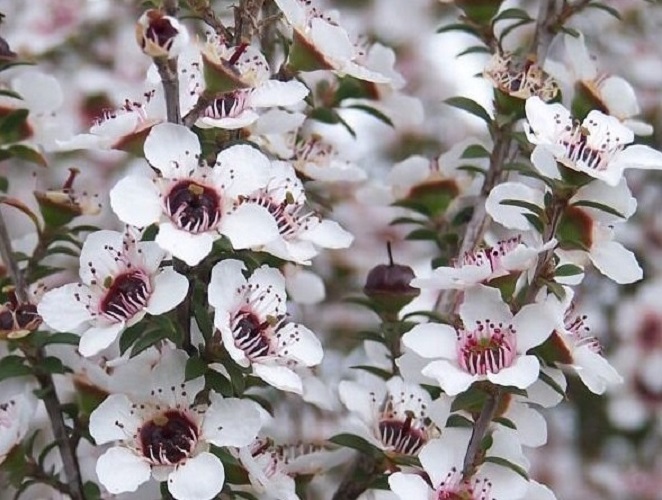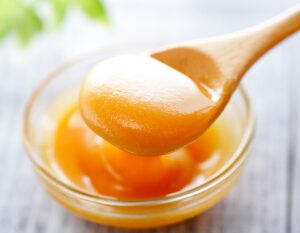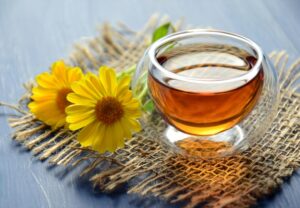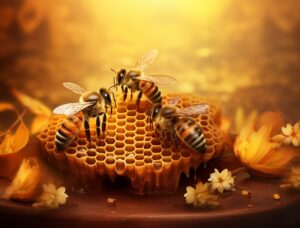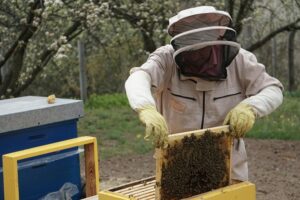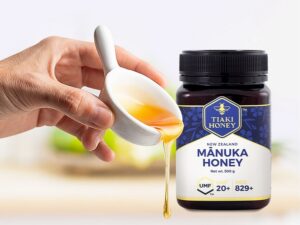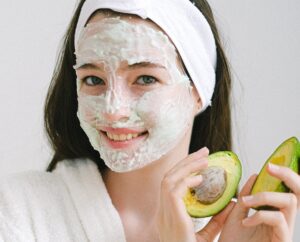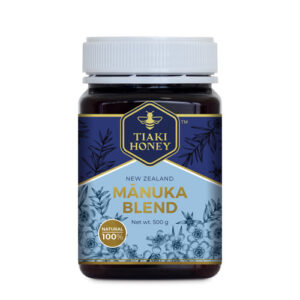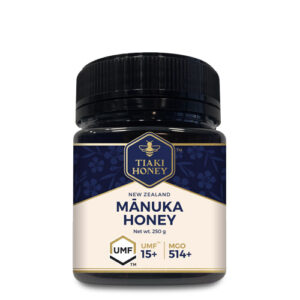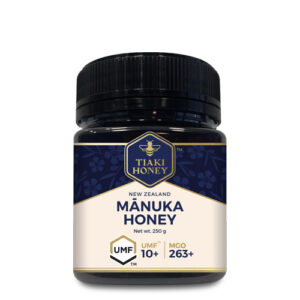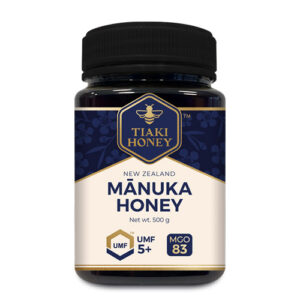The History of Manuka Honey: How This Ancient Sweetener Has Evolved Over Time
The history of Manuka honey is a fascinating story of how this ancient sweetener has evolved over time. Manuka honey is one of the rarest and most sought-after types of honey in the world.
It is a type of honey that is produced by a species of honeybee called the Manuka bee, which is native to the tropical rainforests of Southeast Asia.
Manuka honey has a long and rich history, dating back thousands of years. The ancient Egyptians, Greeks, and Romans all valued honey for its medicinal properties and used it to treat a variety of ailments.
Honey was often referred to as “the nectar of the gods” in ancient times.
As time passed, the popularity of honey only grew. In the Middle Ages, honey was used as a sweetener for food and drink. It was also used in the production of mead, a fermented drink that was popular throughout Europe.
However, it wasn’t until the 17th century that honey production began to change. Beekeepers began to use hives made of straw and other materials, which allowed for better control over the bees and their honey production.
At Tiaki Honey, we are passionate about providing our customers with the highest quality Manuka Honey straight from the source in New Zealand.
Our Tiaki Manuka Honey is not only delicious but is also packed with natural antibacterial properties that have been utilized for centuries for medicinal purposes.
In this article, we will delve into the fascinating history of Manuka Honey, how it is produced, and the unique grading system that sets authentic Manuka Honey apart from the rest.
The History of Manuka Honey
Native to New Zealand, the Manuka tree has a long and rich history dating back to the country’s first settlers, the indigenous Maori. The Maori referred to this versatile plant as taonga or “treasure” and revered it for its wide variety of uses, particularly for medicinal purposes.
The leaves were used to reduce fevers and treat stomach and urinary problems, and the gum produced from the tree was used as a moisturizer for burns and to ease coughing.
It’s no wonder the tree was considered to be a pharmacy by the Maori people.
When the early European settlers arrived in New Zealand, they quickly picked up on the knowledge founded by the Maori and utilized the leaves to make tea and even brew beer.
They extracted oil from the leaves for medicinal and cosmetic products, and the wood of the tree was used for tools, furniture, and many other household items.
The Production of Tiaki Manuka Honey
Only the newly imported European Honey Bee was capable of producing Manuka Honey. It is believed that Mary Bumby, an English beekeeper, was the first European to introduce these priceless bees to the shores of New Zealand in 1839.
On the East Coast of the North Island, where there were many Manuka plants, was where Mary set up her first bee hives. There is compelling evidence to suggest that Manuka Honey was the first type of honey ever produced in New Zealand.
The process of how bees make Manuka Honey involves the bees collecting nectar from the Manuka flower and bringing it back to the hive. The nectar is then mixed with enzymes from the bees and stored in the honeycomb.
The bees then fan their wings to evaporate any excess water, leaving behind the thick, sticky substance we know as honey. This process is known as ripening.
The Unique Grading System of Manuka Honey
Although traditional Maori medicine had long been aware of Manuka’s medicinal powers, it wasn’t until 1980 that biochemist Peter Molan confirmed these health benefits.
Demand for this unique monofloral honey grew throughout the 80s and 90s, then in 1998, The Unique Manuka Factor (UMF) quality trademark was developed by the Active Manuka Honey Industry Group (AMHIG), now known as The UMF Honey Association.
Producers of Manuka Honey were then required to submit their honey to independent testing in order to acquire a UMF rating. Manuka Honey producers were able to identify and promote their honey as pure, high-quality, authentic Manuka Honey once a UMF grading was obtained.
This grading sets authentic Manuka Honey apart from blended Manuka Honey (multiflora) and counterfeit Manuka Honey so consumers know they are buying the real thing.
The UMF grading still holds true to this day, and Manuka Honey producers are audited and tested annually to ensure their honey meets the standards they claim on their label.
More recently, an MGO (methylglyoxal) grading system was introduced to measure the precise content of the naturally occurring compound Methylgloxal which is found uniquely in Manuka Honey and is directly related to its potency.
Manuka honey has gained significant popularity in recent years due to its unique antibacterial properties and health benefits. The authenticity and quality of Manuka honey are vital for consumers who want to enjoy the benefits of this amazing product.
The UMF grading system has been a reliable standard for authenticating the quality of Manuka honey for over two decades.
The UMF grading system ensures that Manuka honey is produced in a way that maintains its unique properties and purity. The UMF Honey Association, which was formerly known as the Active Manuka Honey Industry Group, developed the grading system in 1998.
The system measures the antibacterial strength of Manuka honey by testing for specific markers such as leptospira and methylglyoxal (MGO).
To receive a UMF grading, Manuka honey producers must go through independent testing to ensure that their honey meets the UMF standard. The grading system ranges from UMF 5+ to UMF 20+, with higher numbers indicating a higher level of antibacterial activity. A UMF rating of 10+ or higher is recommended for therapeutic use.
Here at Tiaki Manuka Honey, we are the leading importers and distributors of genuine Manuka honey in Malaysia. Our 100% genuine Manuka honey is sustainably harvested from the indigenous manuka plant grown in the remotest areas of New Zealand, ensuring quality, potency, and origin.
Please take the time to browse our honey product selection – Each product page contains specific information about the various honey types – their uses, ingredients, health benefits, and more.
References
Publication: Pharmacognosy Res. 2017 Apr-Jun;9(2):121-127.
Honey: Its medicinal properties and antibacterial activity.
Author: Mandal MD, Mandal S.
Publisher: Asian Pac J Trop Biomed. 2011 Apr;1(2):154-60. doi:
Discover the origins of this golden elixir and its incredible journey. Dive deeper into the world of UMF™ Manuka Honey!
